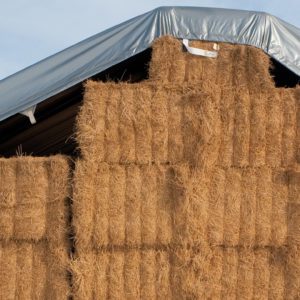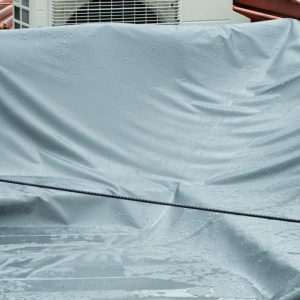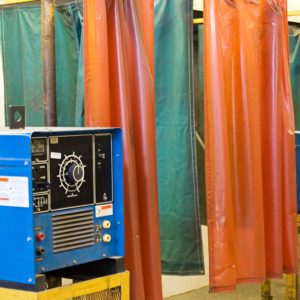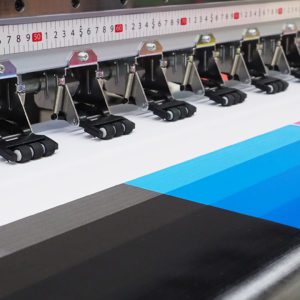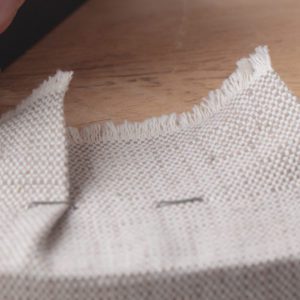Overview
Textile handling and storage procedures are extremely important. At TVF, we take great care to make sure our fabric and vinyl is stored and handled properly.
Environmental conditions affect how fabric or vinyl performs. Because vinyl is made with plasticizers, it must be stored in the proper climate to prevent the plasticizer from migrating to the surface, which will affect print clarity and printability.
Fabric & Vinyl Storage
- Store print media fabrics and vinyls in a clean, dry, and well-ventilated environment to prevent moisture buildup, which can lead to mold or deterioration.
- Maintain a stable temperature and humidity level to avoid extreme fluctuations in the storage area that could affect fabric and vinyl.
- Avoid storing fabrics and vinyls in direct sunlight or near heat sources, as prolonged exposure to UV radiation and high temperatures can cause fading or warping.
- Our textile storage warehouses are climate controlled, which helps prevent plasticizer migration and other potentially harmful factors that would affect usability.
Rolling and Storage Techniques for Fabric and Vinyl
- Roll fabrics and vinyls before storage instead of folding them to minimize creases and maintain their shape.
- Use acid-free tissue paper or fabric interleaving between rolled layers to protect the surface of the textiles from sticking or rubbing against each other in storage.
- Store rolled textiles in labeled tubes or cores specifically designed for fabric and vinyl storage, ensuring they are wide enough to prevent excessive compression or deformation.
Proper Fabric and Vinyl Handling
- Handle print media fabrics and vinyls with clean hands to prevent the transfer of dirt, oils, or other contaminants that could impact the print quality.
- Use gloves when handling delicate or specialty textiles to avoid direct contact and potential damage.
- Avoid folding or creasing fabrics and vinyls whenever possible during handling, as repeated folding can result in permanent creases or damage to the material.
Avoid Weight and Pressure
- Do not stack heavy objects on top of rolled materials, as this can cause flattening or distortion.
- If stacking multiple rolls, place the larger and heavier rolls at the bottom to prevent unnecessary pressure on the ones below.
- Consider using storage racks or shelves designed for fabric and vinyl rolls to ensure even weight distribution and minimize pressure points.
- Do not store rolls vertically.
Protect Textiles From Dust and Contaminants
- Cover rolled fabrics and vinyls with clean, breathable fabric or plastic covers to protect them from dust, dirt, and potential damage in storage.
- Regularly inspect stored materials for any signs of dust, pests, or other contaminants, and take appropriate measures to clean or address the issue.
Inventory Management and Rotation
- Implement a proper inventory management system to ensure proper rotation of textiles in storage and minimize the risk of storing materials beyond their recommended shelf life.
- Use a “first in, first out” approach, where older vinyl and fabric rolls are used or sold before newer ones to prevent prolonged storage and potential degradation.
